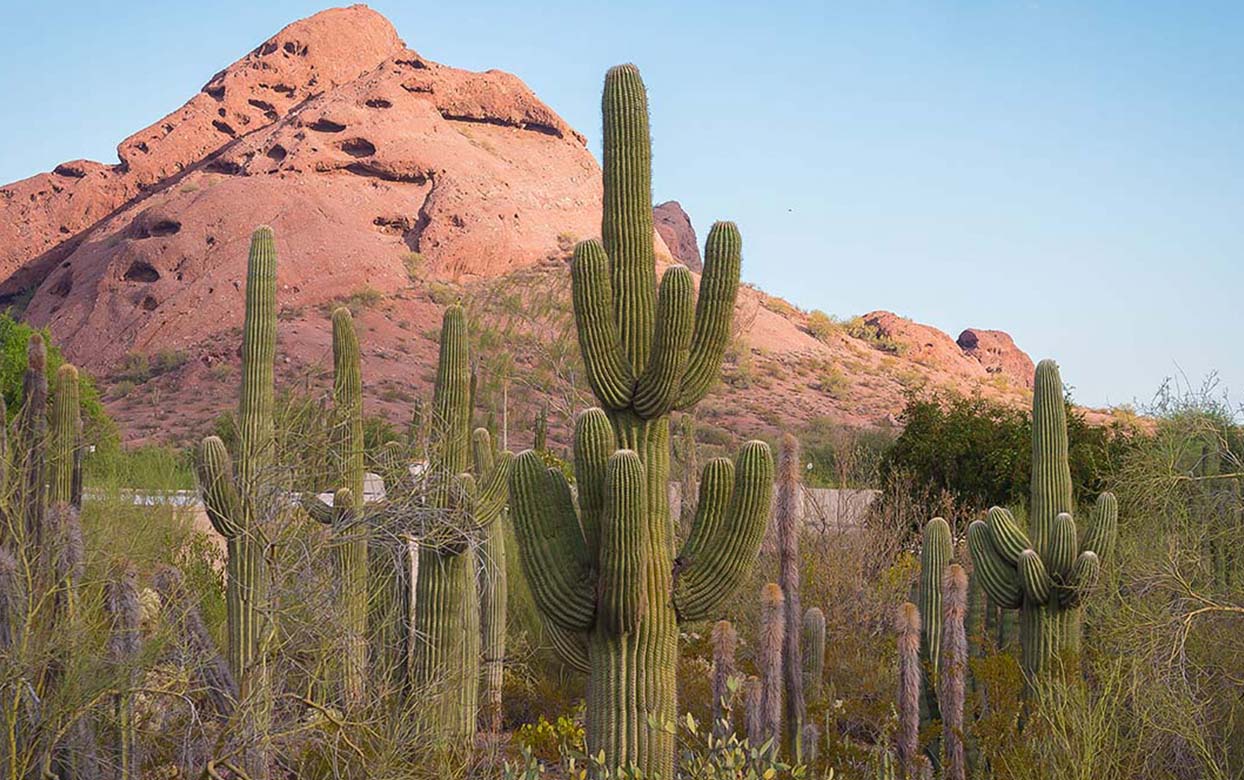Looking for a great family activity? Head outside in your neighborhood and help the Garden in its first-ever Saguaro Census. This all-ages project aims to better understand the health and adaptation of the Valley’s saguaro population.
Want to join in? It’s easy! Add your information, pictures and a count of the number of saguaros in your area on the free app iNaturalist. Users have to be 13 or older or have parent’s consent to create an account.
Dr. Tania Hernandez, the Garden’s New World Succulents Specialist is here to help get a better understanding of the challenges the saguaro cactus faces in urban areas. Taking the time to survey urban areas can help with the understanding of how saguaros live in the city. It also helps the Garden build a more sustainable future for our native species.
Participating in this project will make your family, official community scientists. As a participant in the census, here are three easy steps to get involved:
1. Identify Saguaros in Your Neighborhood
Saguaros are only found in the Sonoran Desert. Here are a few ways to identify a saguaro.
Saguaros (Carnegiea gigantea) are a large, green, tree-like cactus that develop branches (or arms) as they age, although some never grow arms. These arms generally bend upward and can number more than 25.
2. Observe
After identifying a saguaro, observe its condition. Here are a few things to look for and record:
· Approximate Height
· Number of Arms
· Coloration
· Wounds/ Lost Limbs
· Exposed Roots
· Animal Signs (like holes)
3. Add to iNaturalist
Finally, the most important part of being a scientist is reporting the findings. Use the iNaturalist app to record all observations. Include where you found the saguaro and how many you have found. Also, snap a picture of the saguaro and the area around it. This information allows scientists to follow up on your work and gather findings on a larger scale.
The information you have recorded helps scientists create a complete understanding of the saguaro cactus in urban areas.
Congratulations on becoming a community scientist, the Garden is excited to view your family’s findings.


